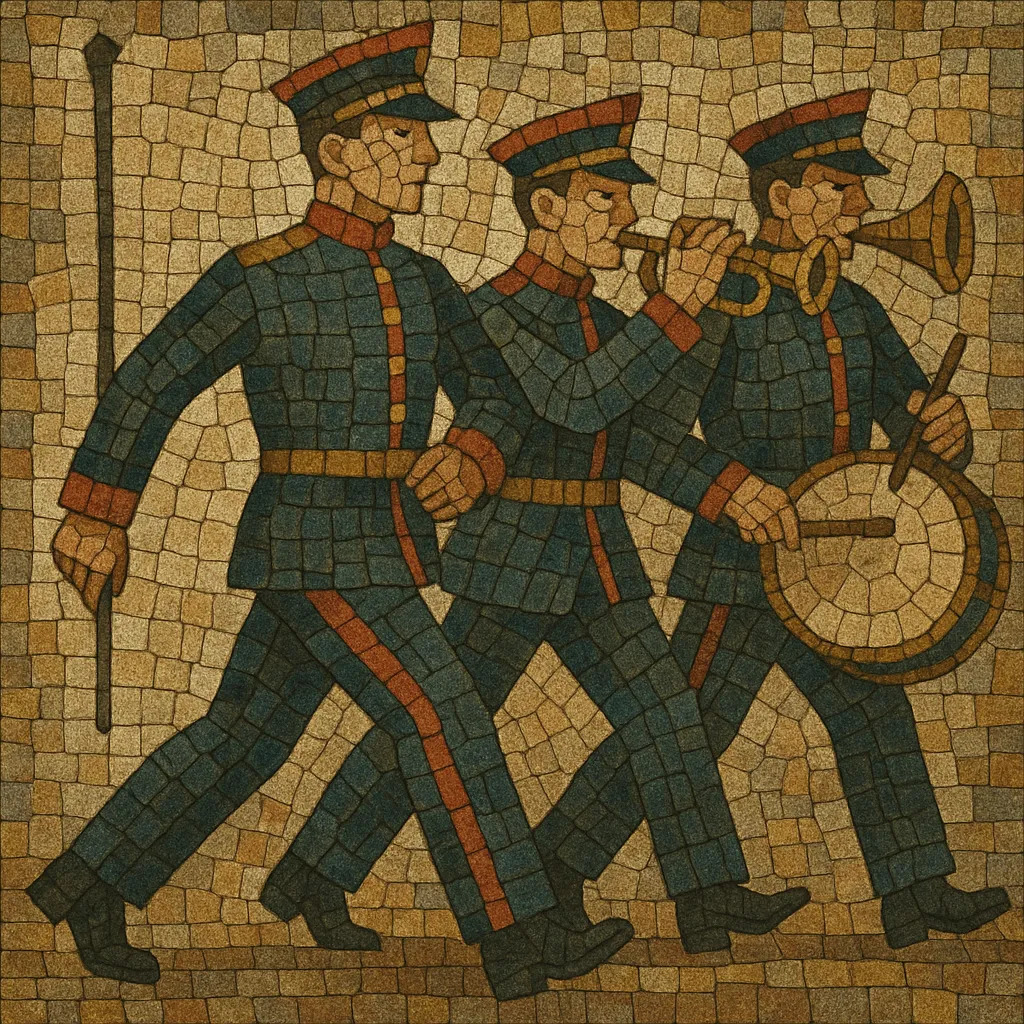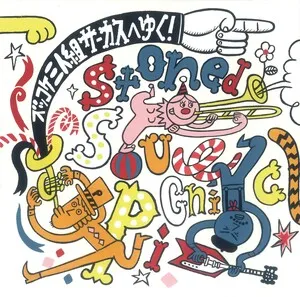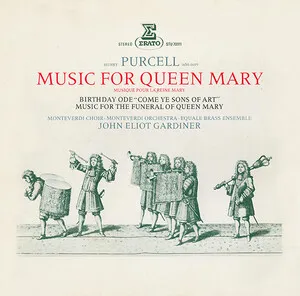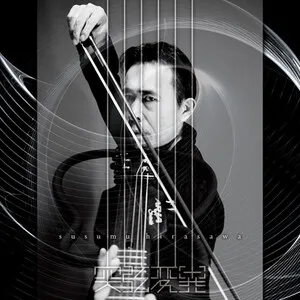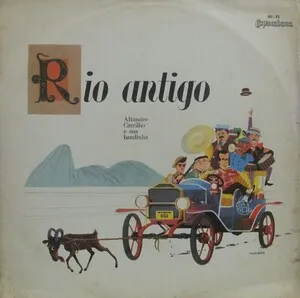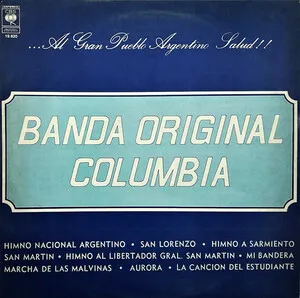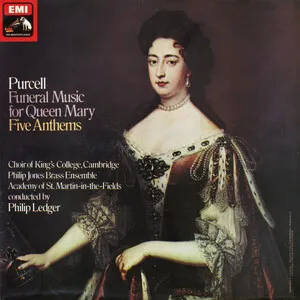A march is a genre and form of music written to accompany or evoke the motion and ceremony of marching. It is characterized by steady, accentuated beats, simple periodic phrases, and a clear, forward-driving pulse.
Most marches are in duple meter—commonly 2/4 or 6/8—with tempos that align to the pace of human steps (roughly 110–128 BPM for quick marches and 60–84 BPM for slow or funeral marches). The classic structure uses repeated strains and a contrasting Trio section, often modulating to the subdominant and thinning texture before a climactic return. Written primarily for winds and percussion, marches are central to military, civic, and ceremonial traditions, yet they also appear in orchestral works, operas, and popular festivities.
European march music coalesced during the 1700s within military and courtly contexts. While processional tunes existed earlier, the modern instrumentation and percussive profile were shaped in part by exposure to Ottoman Janissary practices (e.g., cymbals, bass drum, and side drum). As professional military bands standardized across Germanic states and elsewhere in Europe, a distinct march idiom—steady duple meters, square phrases, and bold signals—took firm shape.
The 1800s saw the march become a mature form, both on parade grounds and in concert halls. Composers such as Johann Strauss I and later Edward Elgar crafted iconic concert marches, while military bandmasters refined practical parade repertoire. In the United States, John Philip Sousa, Henry Fillmore, and Karl L. King defined the stylistic grammar of the American march—clear strains, memorable melodies, the contrasting Trio (often in the subdominant), and the dramatic breakstrain (or “dogfight”). Marches also permeated opera and symphonic literature (e.g., triumphal marches, funeral marches), signaling grandeur, solemnity, or national pride.
In the 20th century, marches became foundational to concert bands, brass bands, and marching bands worldwide. They also informed related genres—from Spanish pasodoble and Brazilian marchinha to pipe band traditions. While new ceremonial pieces continue to be written, historic marches remain central repertoires for civic commemorations, sporting events, and educational ensembles. Contemporary composers and arrangers update orchestration, percussion writing, and form, but the core traits—duple meter, clear phrasing, and processional energy—endure.

